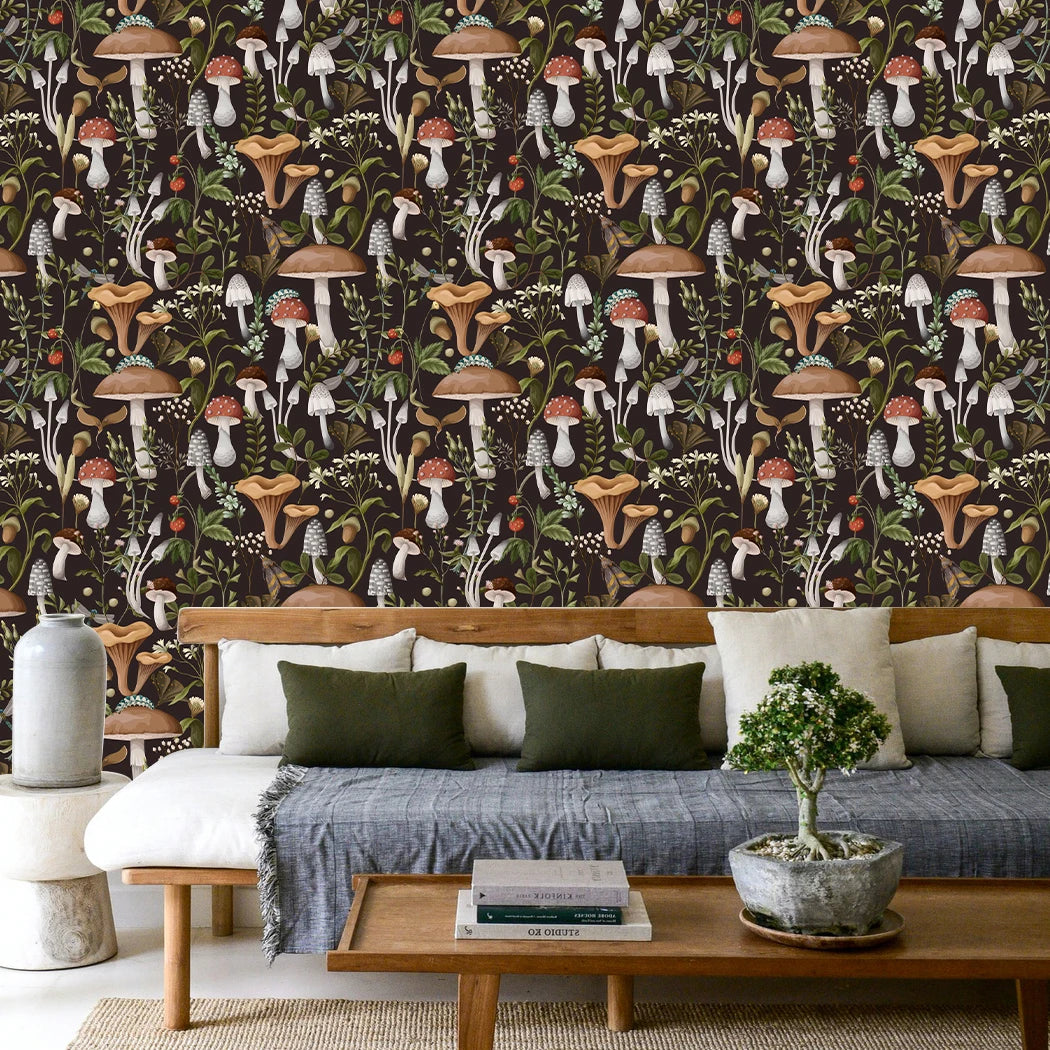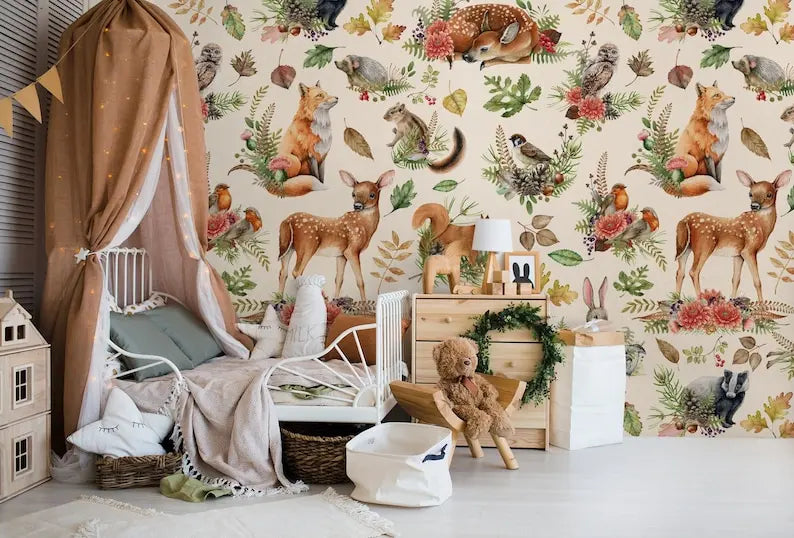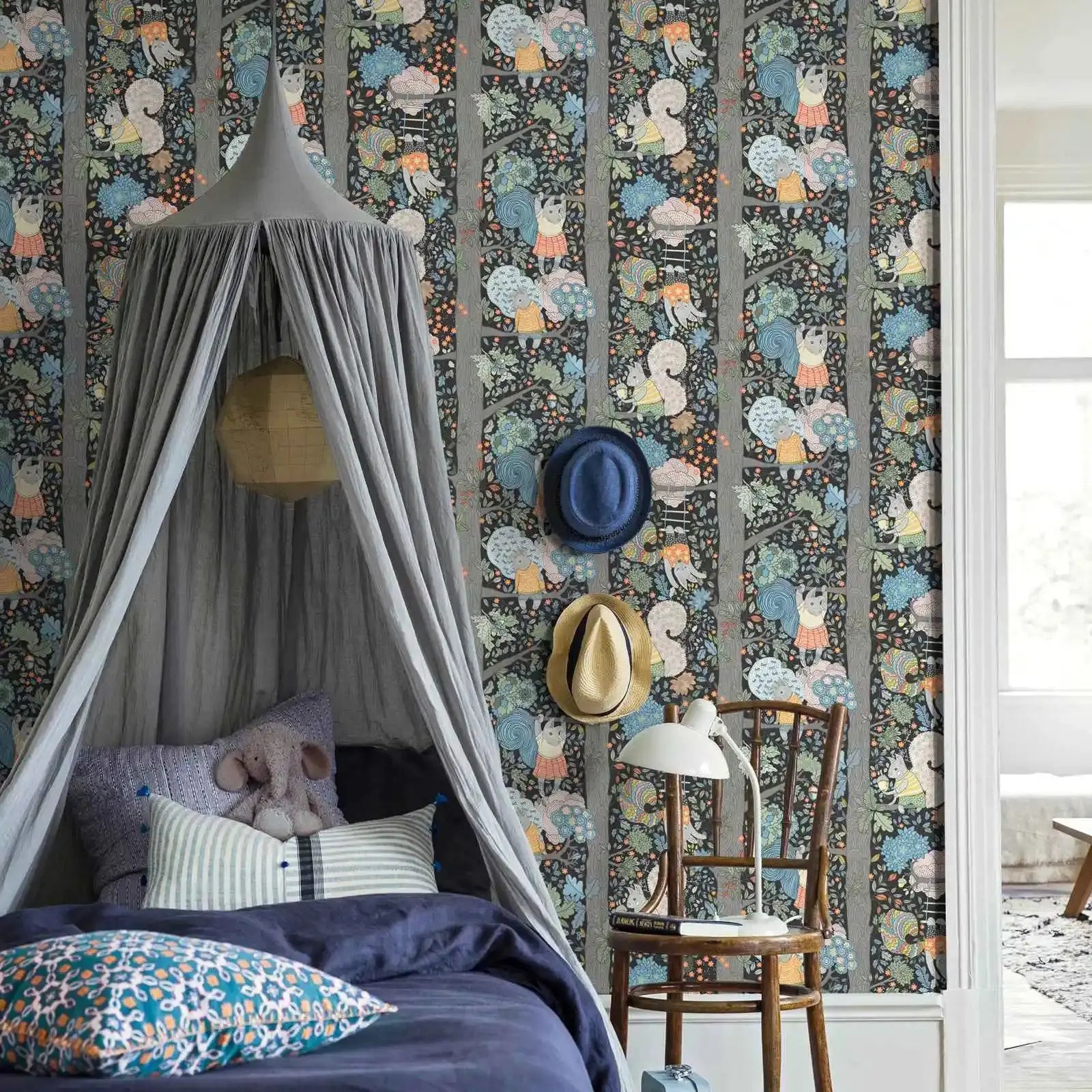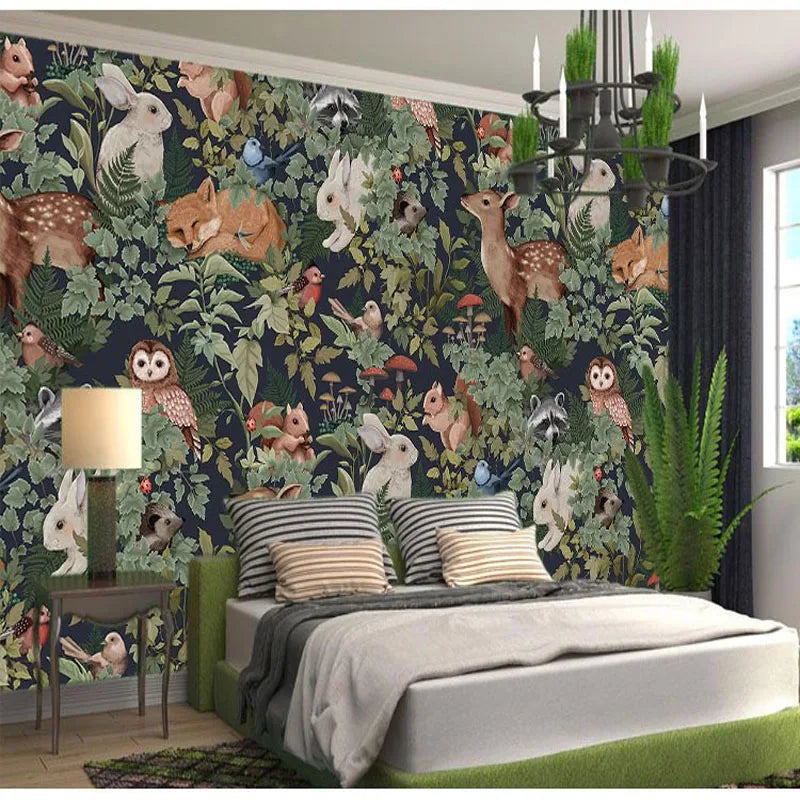How To Make Custom Wallpaper
How to Make Custom Wallpaper - Tips and Tricks
How to Make Custom Wallpaper - Tips and Tricks
Choosing the Right Materials
When it comes to making custom wallpaper, it is important to select the right materials. Consider the type of wallpaper you want to create and determine the appropriate paper or fabric. Choose a high-quality material that is durable and will hold up well over time. Additionally, think about the desired finish and whether you prefer a matte or glossy look.
Next, gather all the necessary tools such as scissors, rulers, adhesive, and a squeegee. These tools will help you cut the wallpaper to the right size and ensure it is properly installed on your walls.
Preparing the Wallpaper Design
Before you start creating your custom wallpaper, spend some time brainstorming and planning the design. Consider the overall theme or concept you want to convey. Look for inspiration in magazines, online platforms, or even nature. Sketch out your design idea on paper or use design software to visualize it.
Once you have a clear vision, measure your walls to determine the exact dimensions for your custom wallpaper. This step is crucial to ensure a perfect fit and avoid wasting materials. You can then transfer your design onto the paper or fabric using stencils, paint, or even a digital printing method.
Finally, make sure to double-check your design for any errors or imperfections before moving on to the printing or application stage.
Printing and Applying the Wallpaper
If you choose to print your custom wallpaper, you can either do it at home using a high-quality printer or have it professionally printed. Make sure to use the appropriate settings and follow the recommended guidelines for the type of material you are using. It is always a good idea to print a test sample first to ensure the colors and quality are to your satisfaction.
Once your wallpaper design is ready, it's time to apply it to your walls. Start by cleaning and preparing the surface to ensure proper adhesion. Apply the adhesive evenly and smoothly, using a squeegee to remove any air bubbles or wrinkles. Take your time and be patient, as precision and care are required for a professional-looking finish.
Remember to carefully follow the manufacturer's instructions for both the adhesive and the specific material you are using to achieve the best results.
Custom Wallpaper Maintenance
After successfully installing your custom wallpaper, it's important to properly maintain it to ensure its longevity. Keep in mind that different materials may require specific care instructions, so always refer to the manufacturer's guidelines.
One general tip for all types of wallpaper is to avoid using abrasive cleaners or scrubbing too hard, as this can damage the design. Instead, opt for gentle cleaning solutions and a soft cloth to gently wipe down the surface. Regular dusting can also help keep your wallpaper looking fresh.
Dealing with Stains and Spills
In case of stains or spills on your custom wallpaper, it's important to act quickly. Use a clean cloth or sponge to blot the stain gently, without rubbing or scrubbing. If needed, you can use a mild detergent diluted in water to address stubborn stains. However, always test the cleaning solution on a small, inconspicuous area first to ensure it doesn't cause any damage.
If your wallpaper gets damaged or torn, don't worry! Many types of wallpaper are designed to be easily replaceable. Simply remove the damaged section and apply a new piece following the same installation process.
Regularly inspect your custom wallpaper for any signs of wear or damage, and address any issues promptly to maintain its appearance and functionality.
Changing or Removing Custom Wallpaper
If you ever decide to change or remove your custom wallpaper, you'll be glad to know that it is usually a straightforward process. Start by carefully peeling off a corner or edge of the wallpaper and slowly continue until the entire piece is removed.
If any residue is left behind, use a wallpaper remover solution or a mixture of warm water and fabric softener to gently dissolve and remove it. Allow the wall to dry completely before applying new wallpaper or making any changes to the surface.
Remember, patience is key during this process to avoid damaging the underlying wall or leaving behind any visible marks or scratches.
Conclusion
Creating custom wallpaper allows you to add a personal touch to your living space. By choosing the right materials, planning your design, and carefully applying and maintaining the wallpaper, you can achieve a stunning and unique look for your walls.
Remember to always follow the manufacturer's instructions and take proper care of your custom wallpaper to ensure its long-lasting beauty. Whether you're a DIY enthusiast or prefer professional assistance, custom wallpaper opens up a world of creative possibilities to transform your home.









